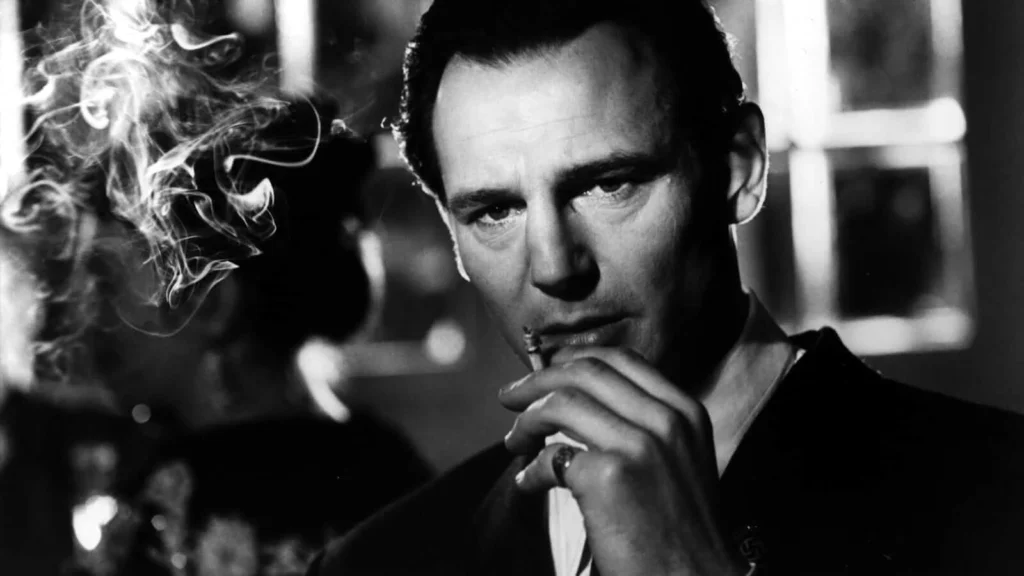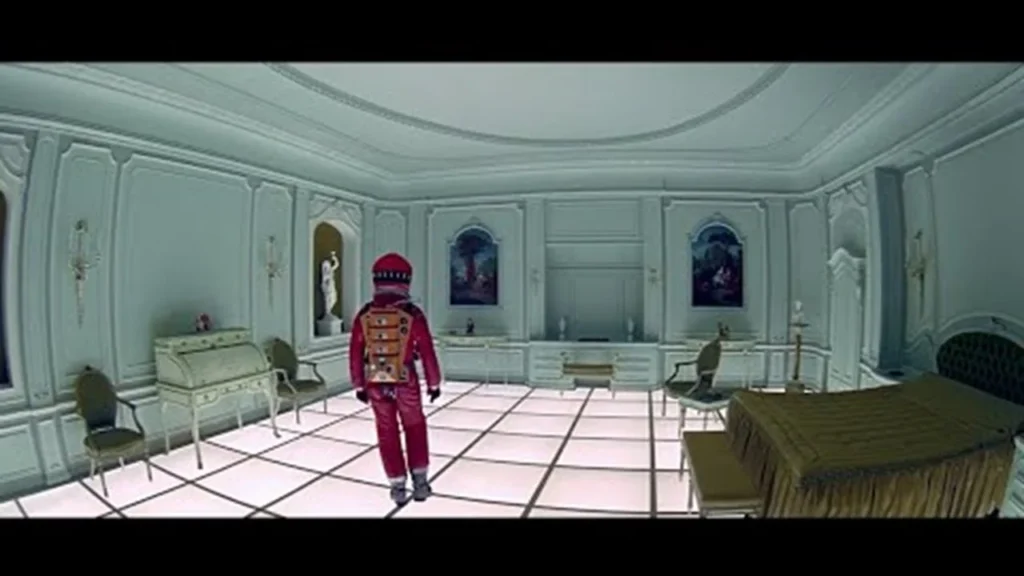Mise-en-scène is a term that refers to all of the elements that are placed in front of the camera to be filmed. This includes everything from the actors and their costumes, to the lighting and props that are used. It’s an essential aspect of filmmaking and can have a significant impact on how the audience perceives the story being told.
In this post, we will explore the different elements of mise-en-scène, their importance, and how they can be used to tell a story effectively.
Lighting
One of the most important elements of mise-en-scène is lighting. The way a scene is lit can create a mood, establish a time of day, and even evoke an emotional response from the audience. There are three primary types of lighting: key light, fill light, and backlight.
Key light is the primary light source in a scene and is typically positioned to one side of the subject. It’s used to create shadows and depth, and it’s essential for establishing the mood of the scene.
Fill light is used to balance out the key light and is usually positioned on the opposite side of the subject. It helps to reduce the harsh shadows created by the key light and creates a more natural-looking scene.
Backlight is used to create separation between the subject and the background. It’s typically positioned behind the subject and helps to create depth in the scene.

Color
Color is another important element of mise-en-scène. The colors used in a scene can create an emotional response from the audience and can even help to establish the time of day or season.
Warm colors like red, orange, and yellow are typically associated with warmth, passion, and energy. Cool colors like blue, green, and purple are associated with calmness, tranquility, and sadness.
Color can also be used to create contrast in a scene. For example, using a bright red object in a scene with mostly cool colors can create a focal point and draw the audience’s attention.

No ‘mise en scène’ has the right to be repeated, just as no two personalities are ever the same. As soon as a ‘mise en scène’ turns into a sign, a cliché, a concept however original it may be, then the whole thing – characters, situation, psychology – become schematic and false.
Andrei Tarkovsky
Props and Set Design
Props and set design are also essential elements of mise-en-scène. They help to establish the time period and location of the scene and can even provide clues about the characters and their personalities.
For example, if a character’s room is cluttered and messy, it can suggest that they are disorganized or chaotic. If a character’s clothing is old and worn, it can suggest that they are struggling financially.
Props can also be used to create tension or conflict in a scene. For example, a character holding a knife can create a sense of danger and suspense.

Costumes and Makeup
Costumes and makeup are also critical elements of mise-en-scène. They help to establish the time period and location of the scene and can even provide clues about the characters and their personalities.
For example, a character wearing a suit and tie suggests that they are professional and business-oriented, while a character wearing ripped jeans and a band t-shirt suggests that they are more laid-back and casual.
Makeup can also be used to create specific looks for the characters. For example, a character with heavy makeup and dramatic eye shadow may suggest that they are confident and self-assured.
Camera Angle and Movement
Camera angle and movement are also essential elements of mise-en-scène. The angle at which the camera is placed can create a sense of power, vulnerability, or even tension.
For example, a low camera angle can make a character appear more powerful and dominant, while a high camera angle can make a character appear more vulnerable and submissive.
Camera movement can also create a sense of movement or action in the scene. For example, a camera following a character as they walk down a hallway can create a sense of movement and action, while a stationary camera can create a sense of stillness and calm.

Sound
Finally, sound is another essential
What to do
Now that you understand the elements of mise-en-scène, it’s time to explore some techniques to create powerful scenes. Here are a few tips and tricks to get you started:
- Use lighting to create mood and atmosphere. Experiment with different lighting setups to see how they impact the scene.
- Pay attention to the colors in the scene. Use color to convey meaning and emotion.
- Think about composition. Consider how the visual elements are arranged within the frame and how they can be used to direct the viewer’s attention.
- Use props and set dressing to enhance the story. Every object in the frame should have a purpose and contribute to the narrative.
